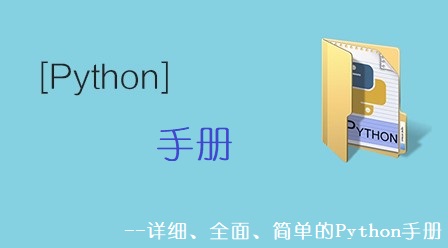
例如,有一个字典如下:
>>> dic = {
"name": "botoo",
"url": "http://www.123.com",
"page": "88",
"isNonProfit": "true",
"address": "china",
}想要得到的输出结果如下:

首先获取字典的值max(map(len, dic.keys()))
然后使用
Str.rjust() 右对齐
或者
Str.ljust() 左对齐
或者
Str.center() 居中的方法有序列的输出。
>>> dic = {
"name": "botoo",
"url": "http://www.123.com",
"page": "88",
"isNonProfit": "true",
"address": "china",
}
>>>
>>> d = max(map(len, dic.keys())) #获取key的值
>>>
>>> for k in dic:
print(k.ljust(d),":",dic[k])
name : botoo
url : http://www.123.com
page : 88
isNonProfit : true
address : china
>>> for k in dic:
print(k.rjust(d),":",dic[k])
name : botoo
url : http://www.123.com
page : 88
isNonProfit : true
address : china
>>> for k in dic:
print(k.center(d),":",dic[k])
name : botoo
url : http://www.123.com
page : 88
isNonProfit : true
address : china
>>>关于 str.ljust()的用法还有这样的;
>>> s = "adc" >>> s.ljust(20,"+") 'adc+++++++++++++++++' >>> s.rjust(20) ' adc' >>> s.center(20,"+") '++++++++adc+++++++++' >>>
众多python培训视频,尽在python学习网,欢迎在线学习!










